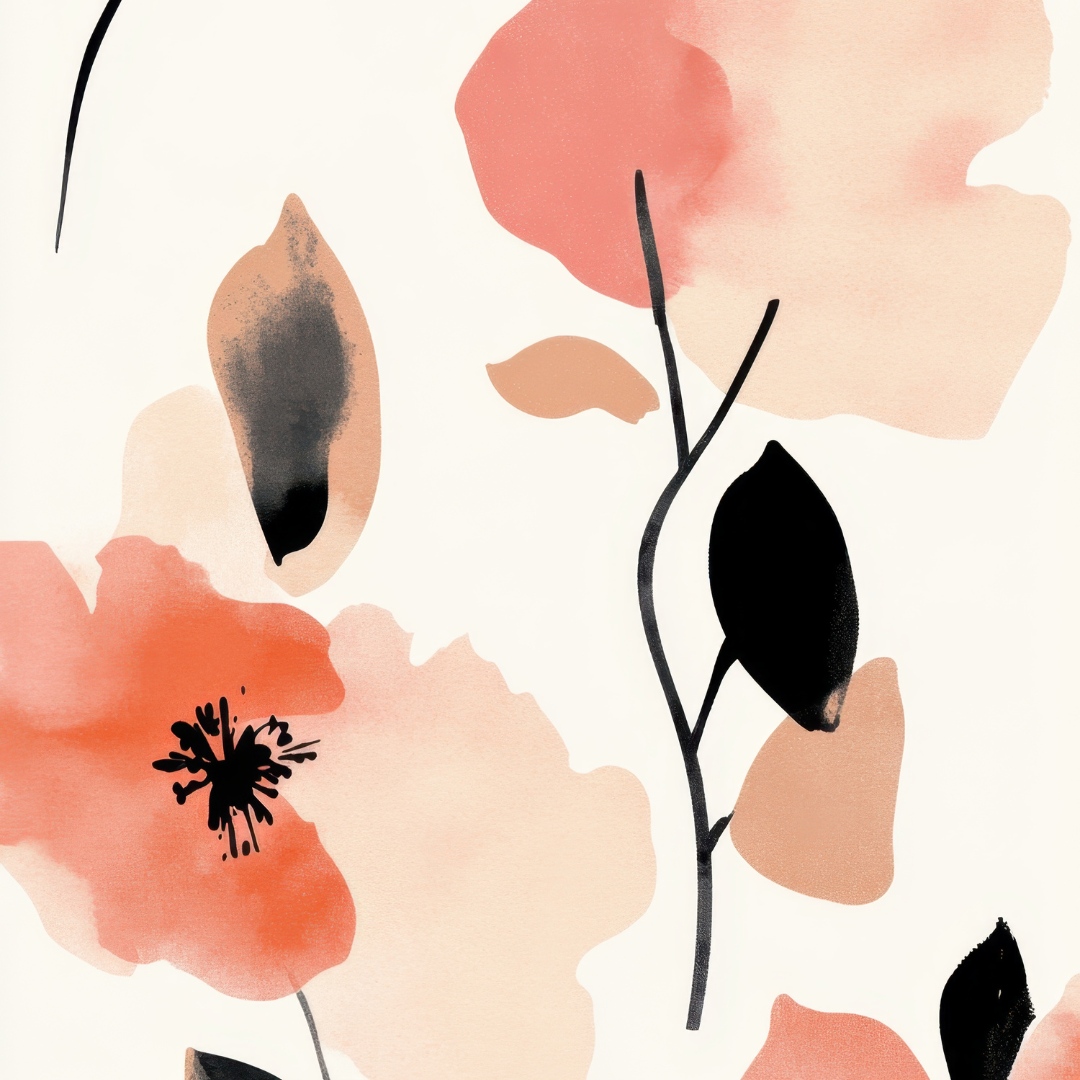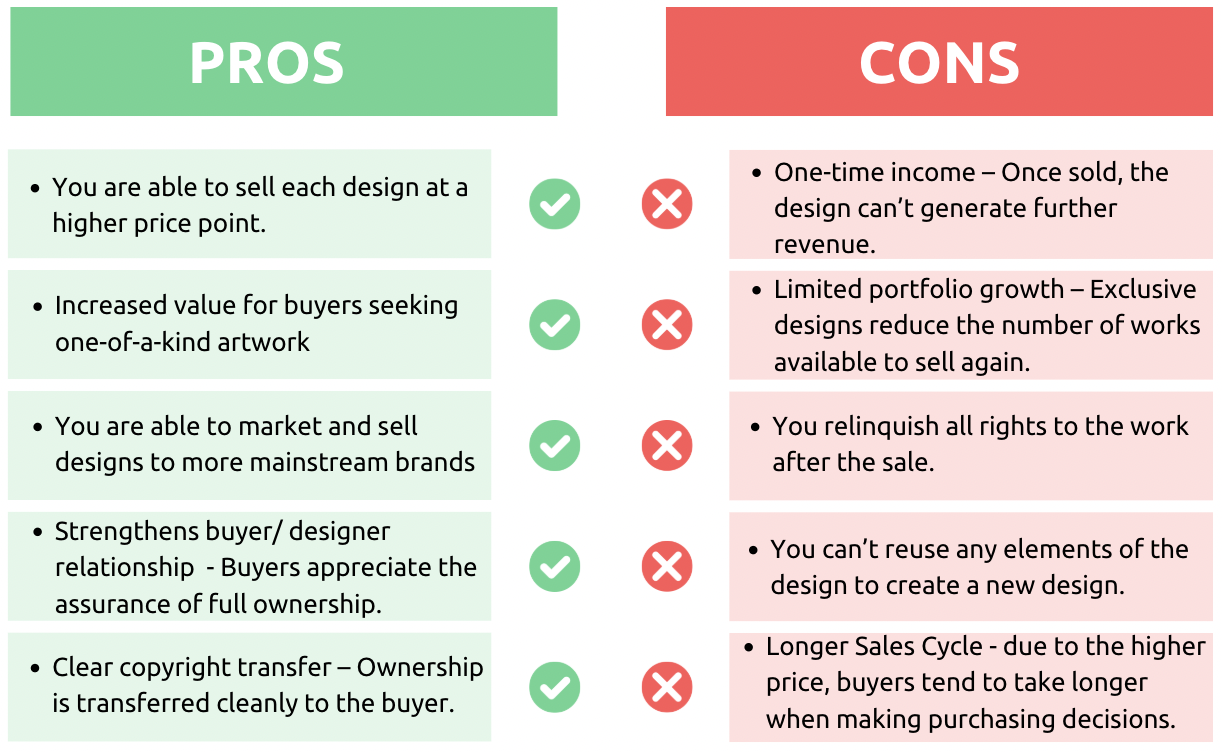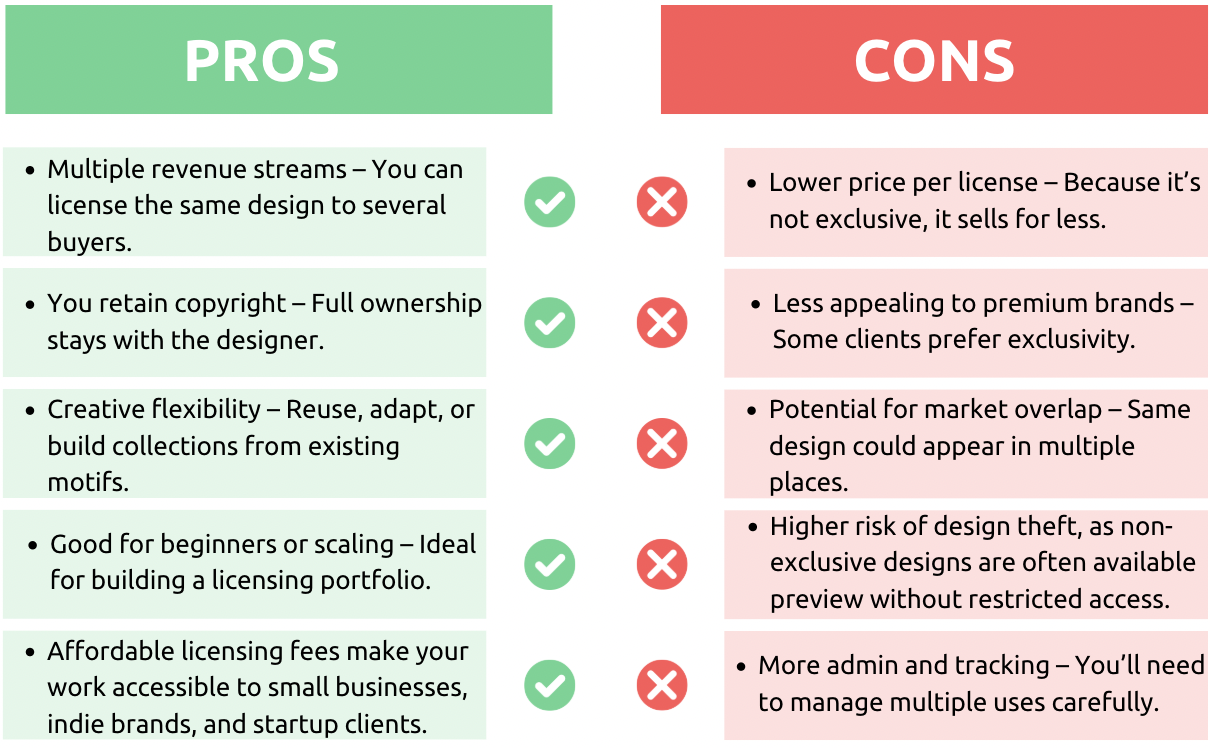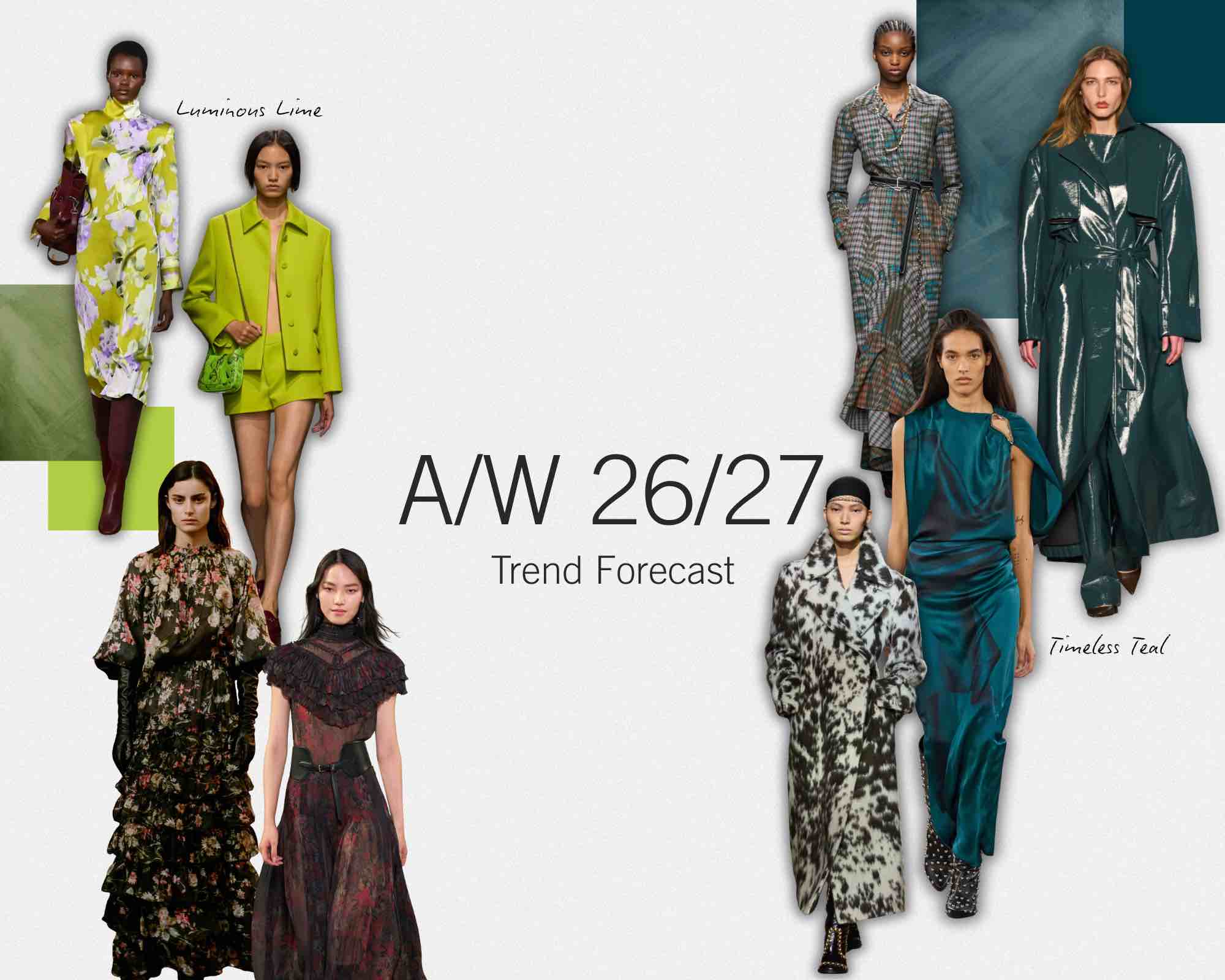In the world of surface pattern design, understanding how your work is shared, sold, and protected is just as important as the creative process itself. Licensing your designs - whether through an exclusive or non-exclusive agreement - directly impacts how you can sell your work and which platforms are best suited for doing so.
In this blog post, we’ll break down the key differences between exclusive and non-exclusive licensing to help you make confident, informed decisions as you design and sell your collections.

What Is Design Licensing?
Design licensing is the process of granting permission to use your artwork or pattern design under specific terms. It allows you, as the designer, to retain ownership while giving a buyer the right to use your work in a defined way - whether for fashion, textiles, stationery, or digital media.
There are two main types of licensing agreements:
- Exclusive Licensing
- Non-Exclusive Licensing
Each offers different levels of access, control, and opportunity depending on your creative and business goals.
Exclusive Licensing: Full Ownership Transfer
Definition: Under an exclusive license, the design is sold to a single buyer, with full copyright and ownership transferred to them. Once the design is sold, the designer can no longer reuse, resell, or repurpose that artwork - or even individual elements within it. For example, if you've created a floral print using a lily motif, you cannot reuse that lily in future designs, even in a different composition or colorway.
What This Means:
- The buyer becomes the sole owner of the artwork.
- All motifs, elements, and compositions are considered part of the exclusive design.
- The designer is no longer allowed to repurpose or adapt the design for future projects.

Non-Exclusive Licensing: Creative Flexibility.
Definition: A non-exclusive license allows the buyer to use the design, but the designer retains ownership and copyright. The design may be sold or licensed to multiple buyers, and its elements can be reused in future collections.
What This Means:
- The buyer gets usage rights but not copyright ownership.
- The design can be licensed repeatedly to different clients.
- Motifs and design elements can be reworked for other collections or collaborations.

Copyright vs. Usage Rights.
It’s important to understand the legal distinction between copyright ownership and usage rights.
- Copyright is the legal right to reproduce, distribute, and license your work - it belongs to the creator unless explicitly transferred.
- Usage rights give someone permission to use the work under specific conditions, without giving away ownership.
Think of it like real estate: owning a home (copyright) vs. renting it out (usage rights).
Under an exclusive license, copyright typically transfers to the buyer. Under a non-exclusive license, the designer maintains the copyright and simply grants permission to use the design.
How Licensing Affects Sales Strategy
Licensing directly shapes how you earn income as a designer:
- Exclusive licenses often justify a higher sale price due to the transfer of full rights.
- Non-exclusive licenses provide recurring income over time and allow your work to reach multiple markets.
If you're just starting out or want to build long-term revenue, non-exclusive deals can create a solid foundation. For more seasoned designers or brands looking for unique offerings, exclusivity may be worth the investment.

What kind of licensing does The Design Agent use?
At The Design Agent, we sell our designs with a globally exclusive license—meaning every print we offer is truly one of a kind. When you purchase a design from The Design Agent, you receive full copyright ownership, ensuring that your chosen print will never appear elsewhere.
For designers, it’s essential to understand what qualifies a design as exclusive. Paying attention to originality, motif reuse, and design integrity helps build trust with buyers - and opens doors for future collaborations.
If you're a designer interested in selling your work through The Design Agent, you can learn more by visiting The Pattern Cloud, or book a discovery call with us to find out how to join our global community of designers.

Final Thoughts
Choosing between exclusive and non-exclusive licensing isn’t just a legal decision - it’s a creative and strategic one. Understanding the terms helps you protect your work, price it appropriately, and communicate clearly with clients or buyers.
Whether you're licensing your first pattern or refining your business model, taking the time to define your licensing approach will give you more control over your artistic career.
Want Help Navigating Licensing?
At The Pattern Cloud, we support designers with tools, guidance, and a platform built for licensing success. Whether you're ready to list exclusive designs or build a strong non-exclusive portfolio, we’re here to help.
.png)
.png)



